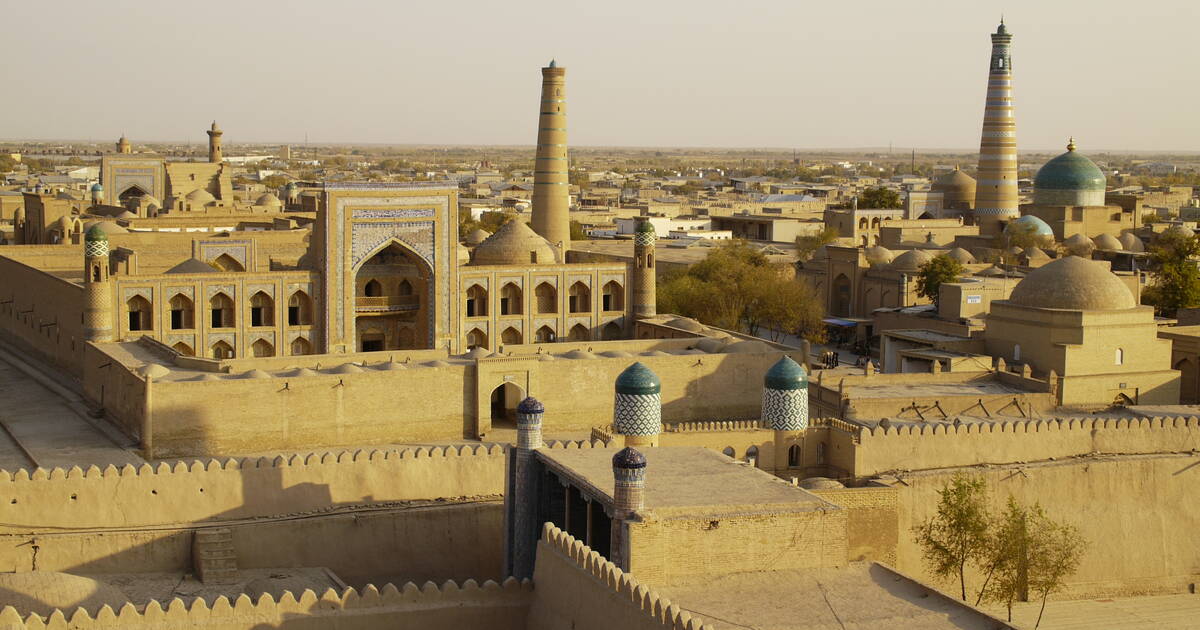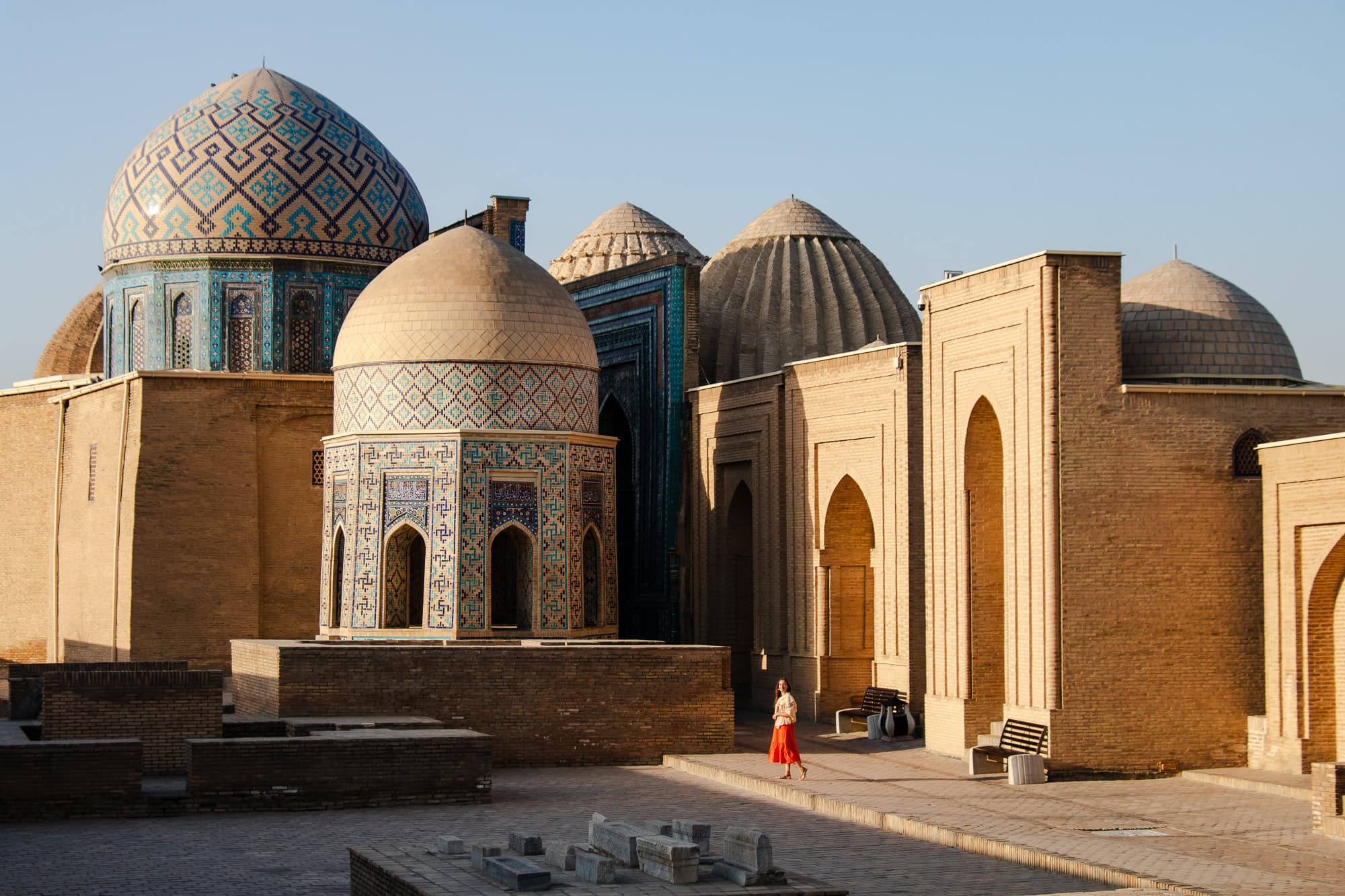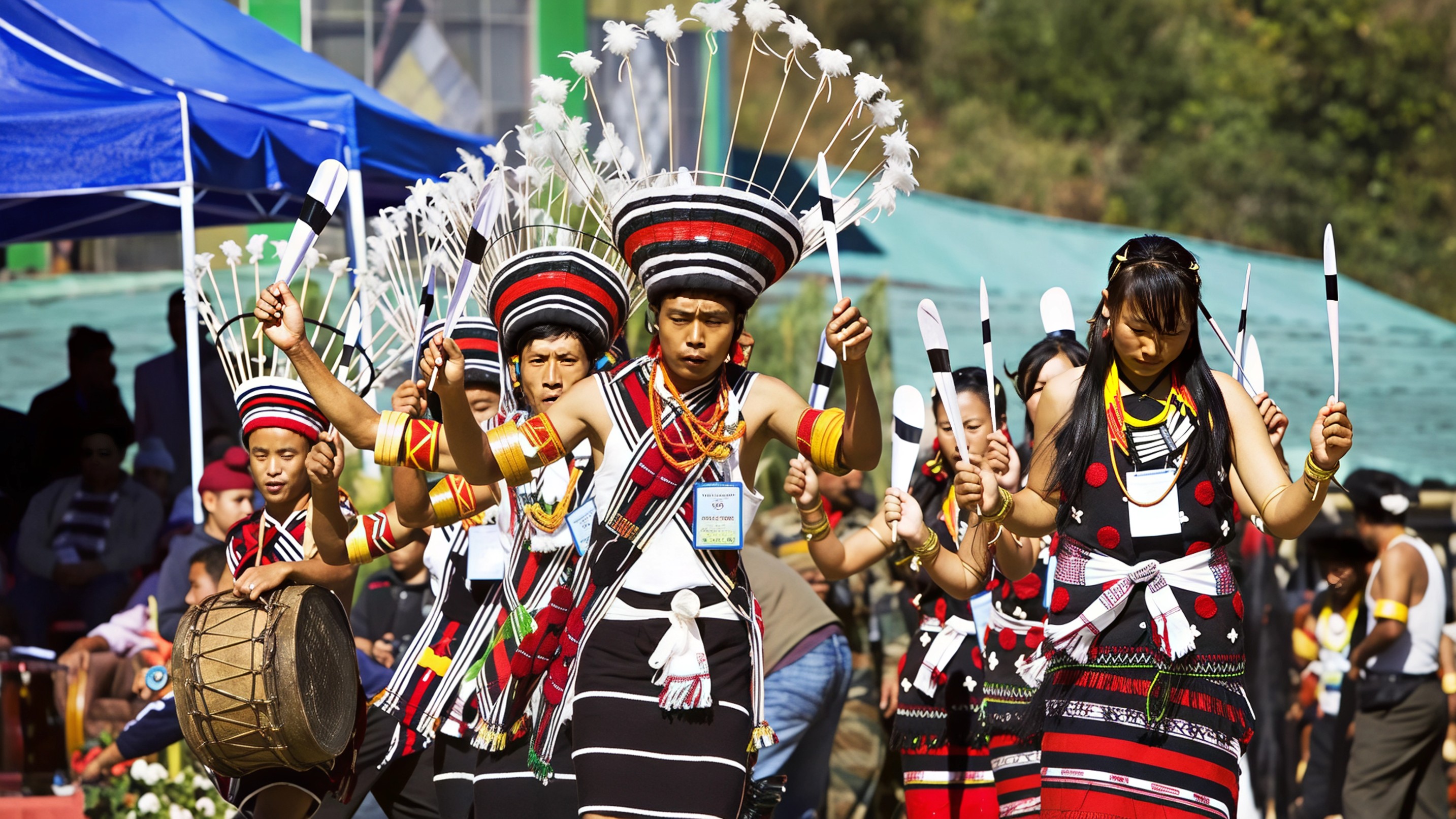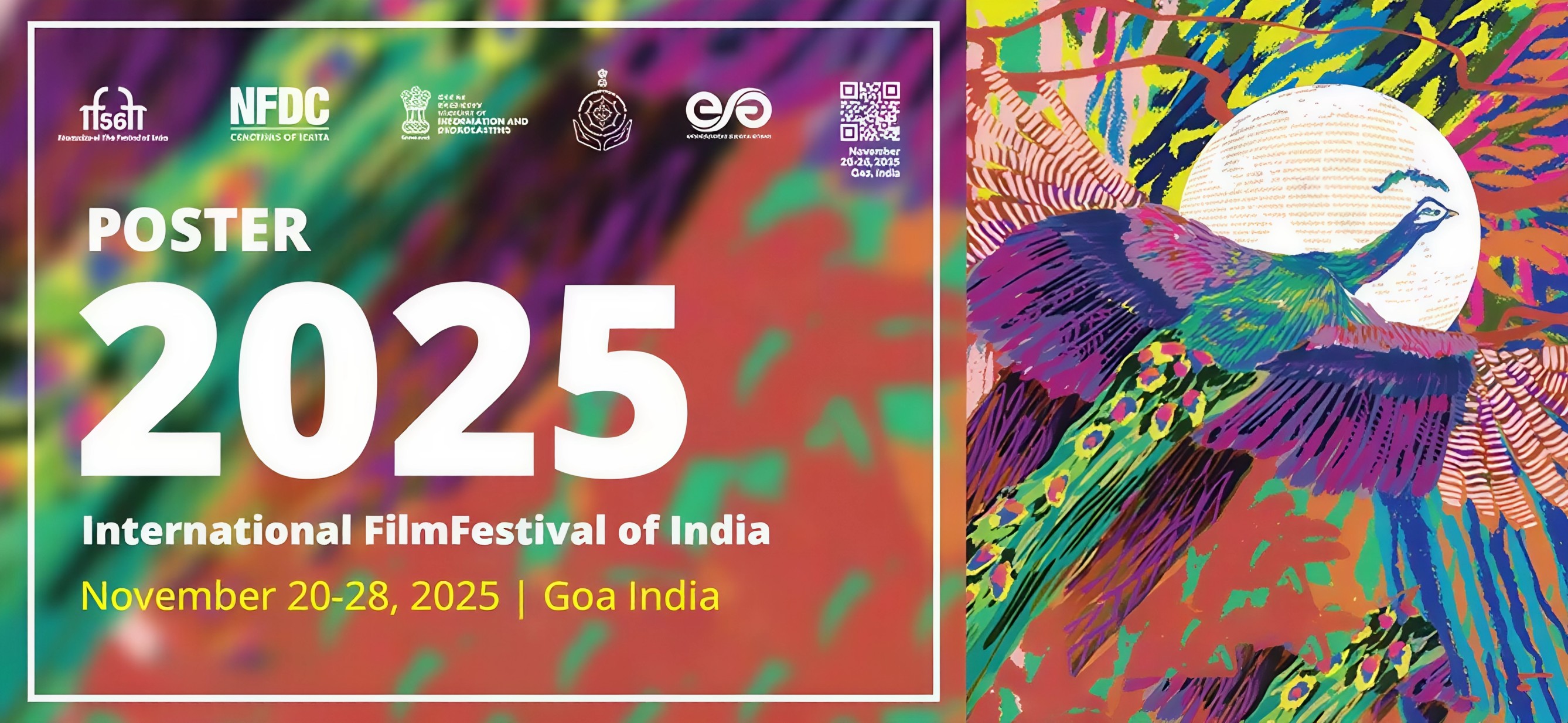Ride Through an Underground Art Gallery
The Tashkent Metro is not just a transport system but a masterpiece of design. Opened in 1977 as Central Asia’s first metro, it is filled with marble, granite, glasswork, and mosaics. Each of its 29 stations has its own theme, from Silk Road heritage to space exploration. Chandeliers hang above platforms, geometric Islamic motifs cover walls, and stations like Kosmonavtlar celebrate cosmonauts such as Yuri Gagarin. A ride here feels like walking through a living museum beneath the city.

Witness the Legacy of the Aral Sea
The story of the Aral Sea is a haunting reminder of how human actions can reshape landscapes. Once one of the world’s largest lakes, it began shrinking in the 1960s after rivers were diverted for cotton farming. In Moynaq, once a thriving fishing town, abandoned ships now sit stranded on desert sands. Visiting this ghostly ship cemetery offers a powerful insight into one of history’s worst environmental disasters and its impact on local communities.
Discover Uzbekistan’s Textile Treasures
Silk weaving has flourished in Uzbekistan for centuries, and Margilan remains at its heart. At the Yodgorlik Silk Factory, visitors can watch artisans transform silkworm cocoons into vibrant fabrics using age-old techniques. From natural dyeing to hand-weaving ikat patterns, every step is steeped in tradition. The factory preserves heritage methods while still producing textiles that are sought after worldwide, giving travellers a rare glimpse into craftsmanship that shaped the Silk Road.

Follow Stories Told in Mosaics
Across Tashkent, Soviet-era mosaics decorate apartment blocks, monuments, and public spaces. These massive artworks combine Soviet themes such as industry and space exploration with Uzbek folklore and traditional patterns. They are not just decorative but historical narratives that blend propaganda with cultural pride. The Tower of Resilience and other monumental mosaics are striking examples of how art shaped the city’s urban identity. Walking through Tashkent is like strolling through an open-air gallery of Soviet Modernism fused with Uzbek folk art.
Stay in a Yurt in the Desert
Yurts have sheltered nomadic peoples of Central Asia for over two millennia. These circular, felt-covered structures are more than temporary homes; they are cultural symbols of resilience and adaptation. Modern travellers can experience this tradition at yurt camps in the Kyzylkum Desert. Nights under star-filled skies, traditional meals, and stories shared by hosts offer not only adventure but also a connection to a way of life that has endured for centuries.

Step Into the Walled City of Khiva
Khiva’s Itchan Kala, a UNESCO World Heritage Site, is an ancient desert fortress town where time seems frozen. High clay walls surround mosques, palaces, and madrassas, while turquoise minarets rise above the alleys. Climbing the Kunya Ark fortress gives sweeping views of the historic skyline. Strolling through its narrow streets, visiting markets, and sipping tea in centuries-old courtyards makes Khiva feel like a living museum of Silk Road history.
Taste the Revival of Uzbek Wine
Uzbekistan’s winemaking history dates back to the 6th century BCE, and today family wineries are reviving this ancient craft. Estates like Uzumfermer near Tashkent combine traditional grape cultivation with modern hospitality, offering vineyard tours and farm-to-table dining.
MSA Winery, another family operation, produces award-winning wines and is developing a resort experience for travellers. Tasting wine here is not only about flavour but also about reconnecting with an ancient tradition of Central Asian viticulture.
Why Go Beyond Samarkand and Bukhara
Exploring Uzbekistan’s lesser-known experiences allows travellers to discover layers of history and culture that go beyond iconic monuments. From environmental lessons at the Aral Sea to the artistry of silk, mosaics, and wine, these journeys reveal stories of resilience, creativity, and survival. They show Uzbekistan not only as a place of heritage but as a living land where traditions continue to evolve.
Follow Travel Moves on Instagram and Facebook for more unique travel guides and cultural insights.









